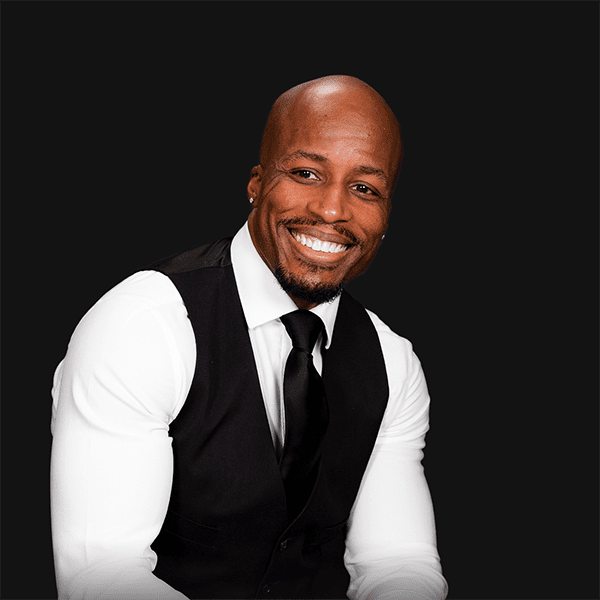Ed-TECH
The Rise of Zero Trust Security
Higher education IT is pivoting to Zero Trust security to shield against imminent cyber threats. Zero Trust redefines cybersecurity by treating every network interaction as potentially risky, regardless of origin. This approach assumes a breach is inevitable and mandates continuous verification across the entire network.
Gone are the days of waiting behind a firewall and reacting to a potential breach to take action. With Zero Trust, all network activity requires authentication.
🦁 Leadership Lessons »
Zero Trust in cybersecurity parallels a strategic framework for leadership decision-making. This framework challenges leaders to choose between three modalities of decision-making:
Trust Everything: Trust is extended by default.
- Pros: Encourages swift decision-making and fosters an environment of open, frictionless communication and rapid execution.
- Cons: Risk of complacency, potential for maintaining the status quo, possibility of safeguarding ineffective practices, and the danger of missing critical innovation.
Trust But Verify: Trust but ask questions to verify validity.
- Balanced Approach: Marries the concept of trust with the necessity of verification, ensuring decisions are made quickly yet thoughtfully.
- Pros: Balances agility with diligence, promoting an innovative culture that thoroughly vets new ideas, thereby reducing risk while maintaining decision-making speed.
- Cons: May introduce slight delays due to the verification process but generally keeps a balance between speed and thoroughness.
Verify Then Trust: Trust nothing until it’s vetted and verified.
- Pros: Advocates for a comprehensive verification before establishing trust; provides the highest confidence level in the outcomes; approach closely resembles Zero Trust, as discussed above.
- Cons: The most time-consuming approach, potentially slowing decision-making.
📺 A one-size-fits-all trust model doesn’t work for every situation. However, it’s important to understand where and when to use the appropriate trust model. Jeff Bezos has an interesting way of doing this by distinguishing between what he calls One-Way Door and Two-Way Door Decisions.
Bonus: Another popular strategy from Amazon is how they run their legendary meetings. There are no PowerPoints, just memos and high-level discussions for truth-finding.
🎯 Cabinet Conversation »
- What type of trust framework does your senior leadership operate under?
- Is it optimal for strategic decision-making? If not, how can you change it?

ACADEMIC AFFAIRS
Some College Grads Earn Less Than High School Grads


A growing number of college graduates earn less than the typical high school graduate. A recent HEA Group study reveals many colleges fail to secure their graduates’ earnings above basic economic thresholds.
Of the 3,887 institutions in the study, over a thousand institutions (1,022 / 26.29%) show that most of their students earn less than a typical high school graduate 10 years after enrolling.
If true, this revelation challenges higher education’s role in doing more to empower students’ financial success.
🦁 Leadership Lessons »
This is a concerning revelation that, on the surface, challenges the value of college. 🤔 However, it may be helpful to go beyond the surface and ask questions to understand the problem before jumping to conclusions.
For example:
- The study says the “majority of students,” not the majority of graduates:
- Is the real problem rooted in completions and not the value of degrees?
- The majority of colleges in this study were for-profit colleges that concentrate on short-term credentials rather than traditional four-year degrees:
- Is the real problem rooted in for-profit vs traditional four-year institutions?
- Also, there is a huge income disparity between majors:
- Is the real problem rooted in major/career selection?
⚠️ Understanding the problem before jumping to conclusions is an invaluable skill. Unfortunately, many leaders never receive training on the subject. So here’s a beautifully written book with frameworks and actionable steps to help you better understand the problem.
Give it a read. It’s well worth it!


What’s Your Problem?
Master the art of reframing to ensure you and your team are solving the most impactful problems

Here's How I Can Help
Three ways to take things further with our higher education services, consulting, and training.
Boost Enrollment, Retention, & Transfer
Elevate your communication, marketing, and branding with our Story 360™ done-for-you services, training workshops, and strategy consulting.
Build Strong Culture, Leaders & Teams
Enhance engagement, institutional alignment, culture, and leadership with our Rise of a Leader workshops and training programs.
Story Scorecard™ Strategic Insights
Receive valuable data and tailored strategies from our high-impact assessments to improve enrollment, retention, transfer, leadership, culture, student success, and equity.
P.S. This post took about 5 hours to research & produce.
But only takes 5 seconds to share.
